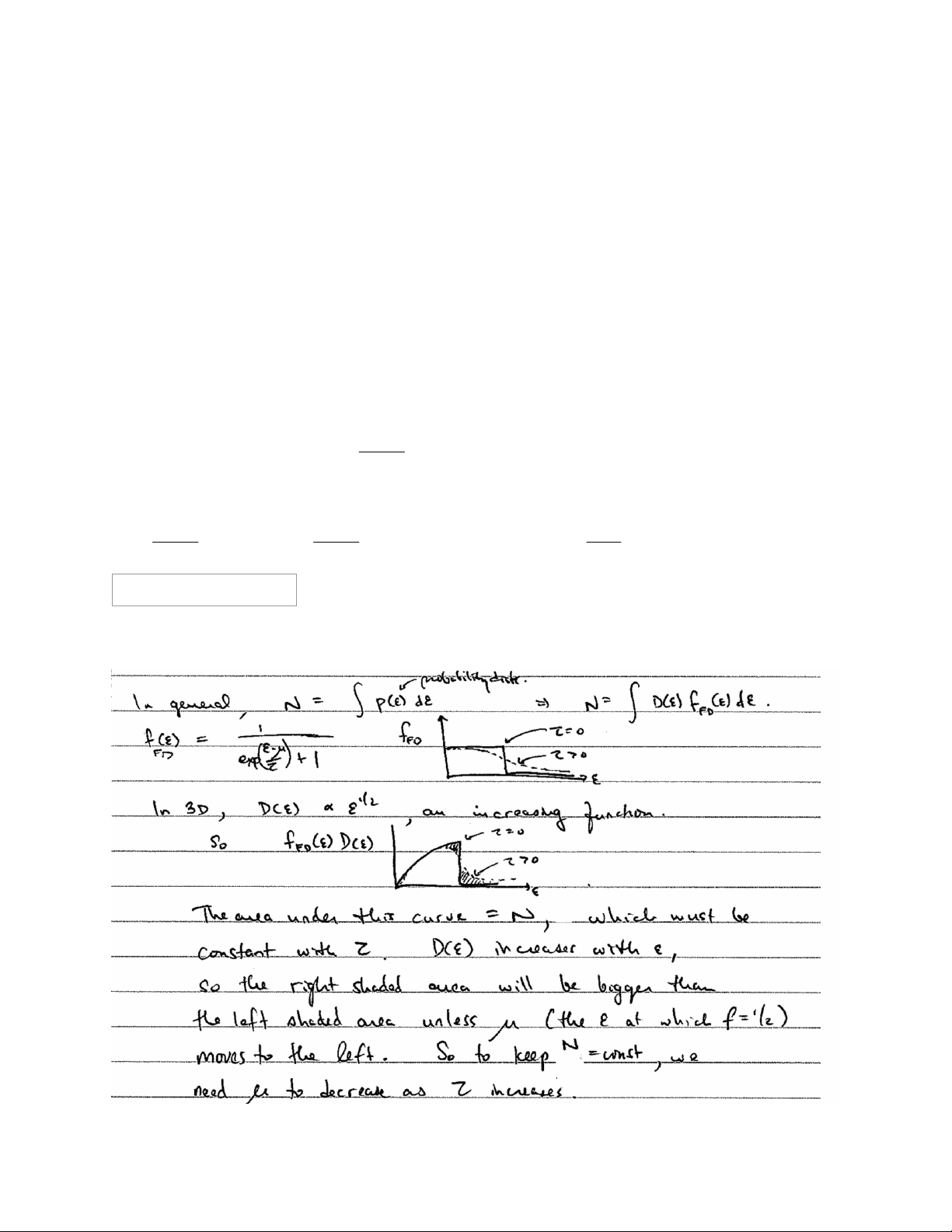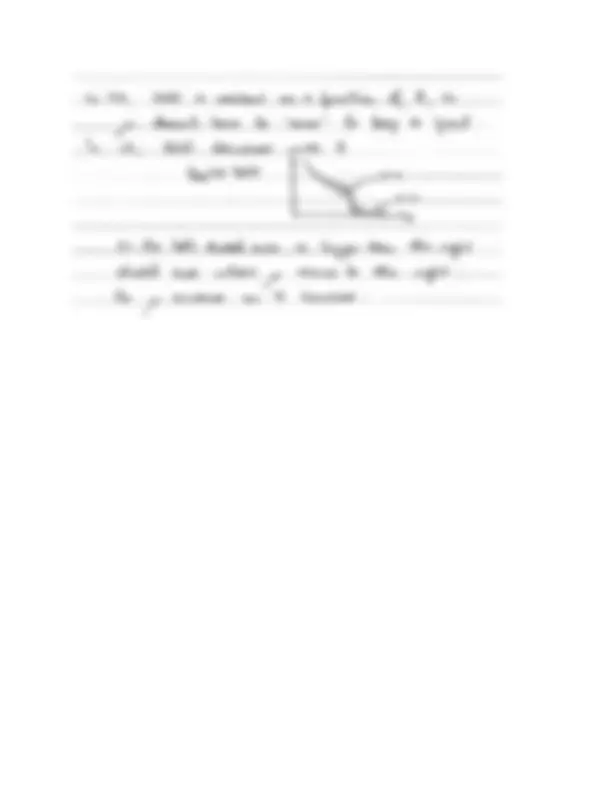



Study with the several resources on Docsity

Earn points by helping other students or get them with a premium plan


Prepare for your exams
Study with the several resources on Docsity

Earn points to download
Earn points by helping other students or get them with a premium plan
Community
Ask the community for help and clear up your study doubts
Discover the best universities in your country according to Docsity users
Free resources
Download our free guides on studying techniques, anxiety management strategies, and thesis advice from Docsity tutors
A study guide for the solutions to suggested problems in physics 353 - statistical mechanics, taught by prof. Raghuveer parthasarathy at the university of oregon during spring 2008. It covers the concepts of barometric pressure and the chemical potential for fermions.
Typology: Study notes
1 / 2

This page cannot be seen from the preview
Don't miss anything!


Prof. Raghuveer Parthasarathy
University of Oregon; Spring 2008
Physics 353 – Statistical Mechanics
Study Guide: Solutions to Suggested Problems
1. Barometric pressure.
I’ll call the height h , to avoid too many “z”s.
Consider “layers” of atmosphere, each with some concentration n h ( ). Diffusive equilibrium means
“internal” and “external” part, where the external chemical potential is any relevant potential energy:
int ln Q int
n h
n Z
ln ln 0 Q int Q int
n h n mgh n Z nZ
mgh n h n
= − + , and
2. Fermion chemical potential.